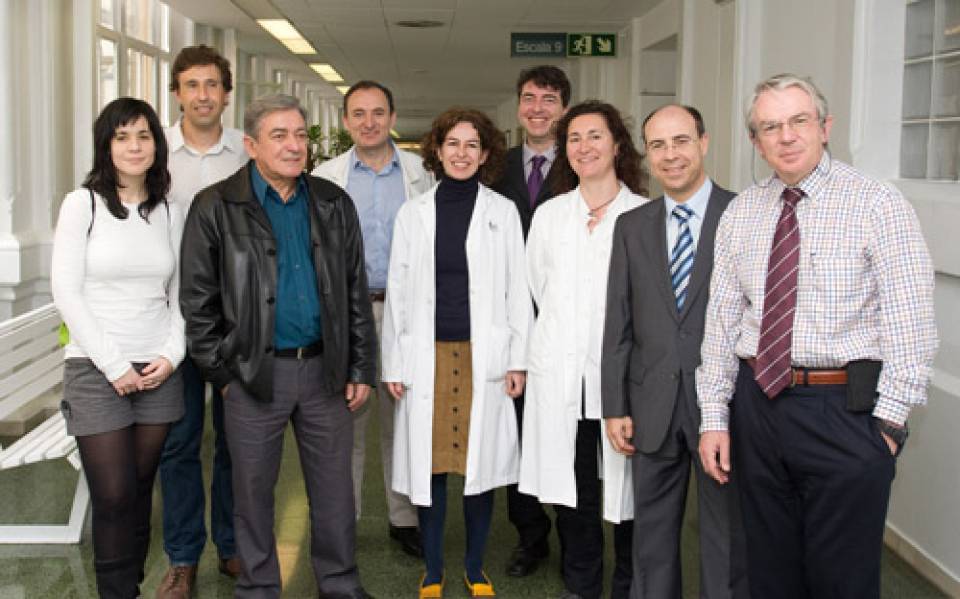During the five years of the program, the Clínic team has cared by remote control for a total of 200 HIV-infected patients. This system, which results were recently published in the journal PLoS One, provides patients with medical care at home or wherever they can access the Internet. The study shows that the virtual hospital allows comprehensive control over the patient in medical, pharmaceutical, psychological and quality of life aspects. The results are as satisfactory as those obtained in a visit at the hospital.
The virtual hospital improves patient communication with the center, optimizing information about their own illness; At the same time by reducing the costs and time spent on traveling and waiting for visits or medications it helps patients to conciliate the HIV control with their everyday life and work.
For health professionals, the virtual hospital has also provided an optimization of time and space spent on consultations. The duration of a visit has been reduced from 20 to 10 minutes, allowing more consultations. In addition, the program makes a fast and direct communication possible between the patient and the specialist, without intermediaries, through the email, without entailing negative effects on clinical management or adherence to antiretroviral therapy.
It is, therefore, the first job in the world that validates a telemedicine project that allows the management of stable HIV infected patients globally via the Internet (consultations, clinical, psychological and social monitoring, medication, quality of life, coordination of the care team).
“Hospital VIHrtual” offers the following online services:
- Consultations. The patient is visited through two ways by the medical, nursing, psychological, social care and pharmacology team: by video with previous appointments and through e-mail for sporadic consultations. In addition, they can also be visited in the hospital if wished.
- Management of medication and telepharmacy. In addition to providing information on the treatment of each patient, the program warns of possible changes in therapy and sends medication by conventional post.
- Information Management. Both program staff and the patient have unlimited access to information about the disease, medications, side effects, news, innovations ... On the Internet there are many data on AIDS and “Hospital VIHrtual” offers verified and validated information to patients through links to other sites and additional information written by the medical staff.
- Virtual Community. There are two communities within the program, both with news, discussion forums and blogs. One is for health professionals, where they can treat shared clinical cases, and another for patients, where they can detail their personal experiences with others and participate in virtual discussions with the healthcare team.
The patient profile
Today’s HIV stable patient is a patient with a normal quality of life, both in the social field and at work. Frequent visits to the hospital are a major investment of time and money for the patients. The virtual system allows the patient to go to the medical center only for the analytical extraction, and reduces the number of visits to the doctor from six or eight of the present system to only three or four. Many chronic AIDS patients have to attend business travels regularly, and this program allows patients to continue their treatment without altering their routine. Medication is sent to their home, or other locations specified by the patient.
The experience of this program is proving very successful results, in a scenario where both medical professionals and patients and NGOs demand an adaptation of the care of HIV patients to new requirements. Telemedicine is emerging as a service appropriate for this treatment, and Hospital VIHrtual as a safe and effective tool. This system, with variations, could become a model for the control of chronic stable patients suffering other diseases.

